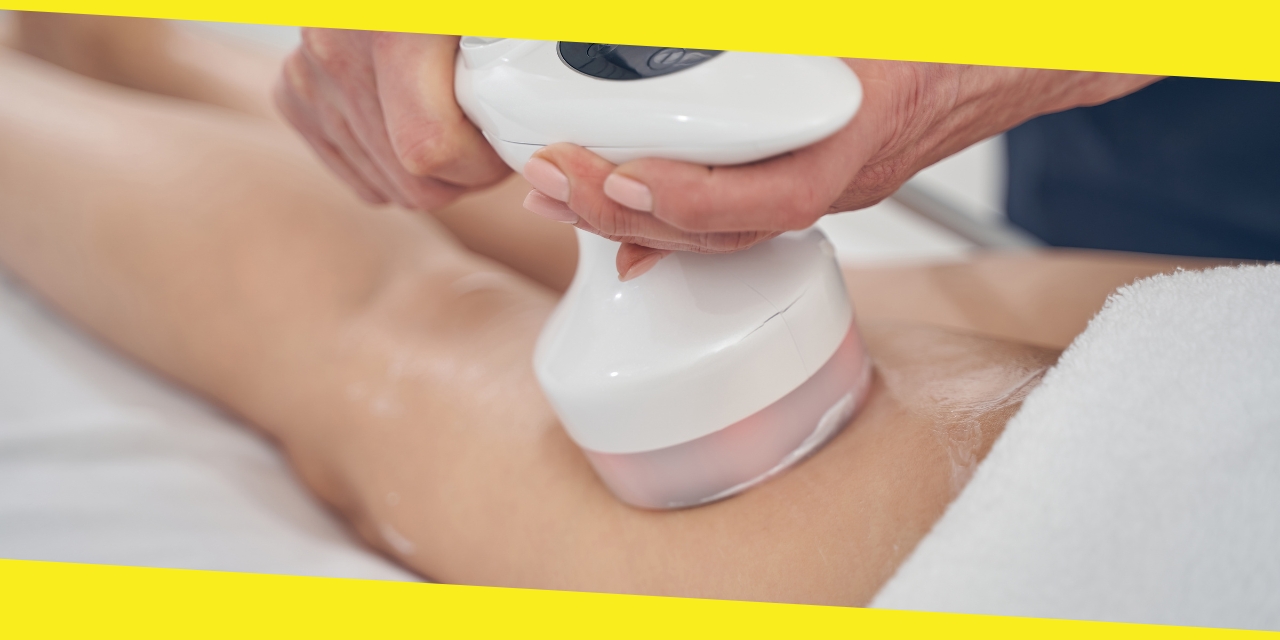What You Need to Know About Ultrasound Procedure

Ultrasounds are non-invasive imaging procedures that use high-intensity sound waves to display things inside your body. Healthcare practitioners use ultrasound exams for various objectives, including pregnancy, disease diagnosis, and visual guidance during specific operations. Your doctor will study the photos after the exam to look for any irregularities. They will contact you to discuss the results or to set up a follow-up consultation. If ultrasound Buckhead reveals anything wrong, you may need to undergo other diagnostic procedures, such as a CT scan, MRI, or a tissue biopsy sample, depending on the region investigated. Moreover, therapy may begin immediately if your doctor can diagnose your issue based on your ultrasound.
An overview of ultrasound
Ultrasound (sometimes known as sonography or ultrasonography) is a non-invasive imaging test. Also, an ultrasound image is called a sonogram. Ultrasound employs high-frequency sound waves to produce real-time images or videos of internal organs or other soft tissues, like blood vessels. Ultrasound allows healthcare personnel to “see” features of soft tissues within your body without incisions (cuts). And, unlike X-rays, ultrasonography does not employ radiation. Although most people identify ultrasound with pregnancy, healthcare experts utilize it for various scenarios and to examine various sections of the interior of your body.
How does an ultrasound function
An ultrasound is performed by passing a device known as a transducer or probe over a part of your body or within a body opening. The specialist spreads a tiny gel coating to your skin, allowing the ultrasound waves from the transducer to pass through the gel and into your body. The probe converts electrical current into high-frequency sound waves and transmits them into the body’s tissue. The sound waves are inaudible to you. Sound waves bounce off the body’s structures and back to the probe, where they are converted into electrical impulses. A computer then changes the pattern of electrical impulses into real-time pictures or films projected on a nearby computer screen.
How safe is the ultrasound treatment
Most kinds of ultrasonography are non-invasive and do not expose patients to ionizing radiation. The treatment is believed to be relatively safe. However, unneeded “keepsake” scans during pregnancy are discouraged because the long-term hazards are unknown. Ultrasound during pregnancy is only advised when medically necessary. Anyone allergic to latex should notify their physician so that a latex-covered probe is not used.
When will you know the outcomes of the ultrasound?
The time it takes to acquire your findings depends on your ultrasound type. In some circumstances, such as prenatal ultrasound, your practitioner may analyze the photos and deliver results during the procedure. In other instances, a radiologist, a healthcare expert certified to monitor and interpret radiological scans, will evaluate the pictures and provide the report to the physician who ordered the exam. Your physician will then communicate the results with you. Moreover, the results may be available in your electronic medical record (if you have an account set up) before your doctor evaluates the data.
Ultrasound imaging exams are popular, safe, and effective. Also, ensure that your ultrasound is conducted by a well-trained expert (sonographer) who understands how to utilize this equipment correctly. Speak with your clinician if you have any questions regarding your specific ultrasound procedure. Call Ideal Gynecology, LLC, or book your consultation online to determine which ultrasound procedure is best for you.
Recommended For You
Different Types of Bodybuilding Competitions
Most Inside
Most Inside offers high-quality recommendations and valuable updates to enhance all aspects of your life, providing premium guidance and enriching experiences.




